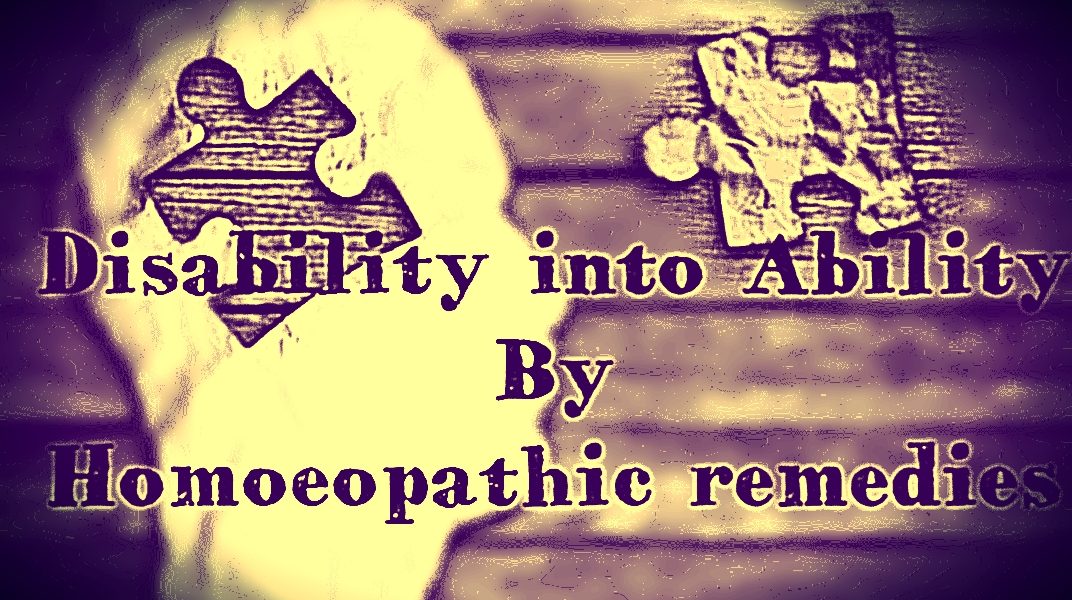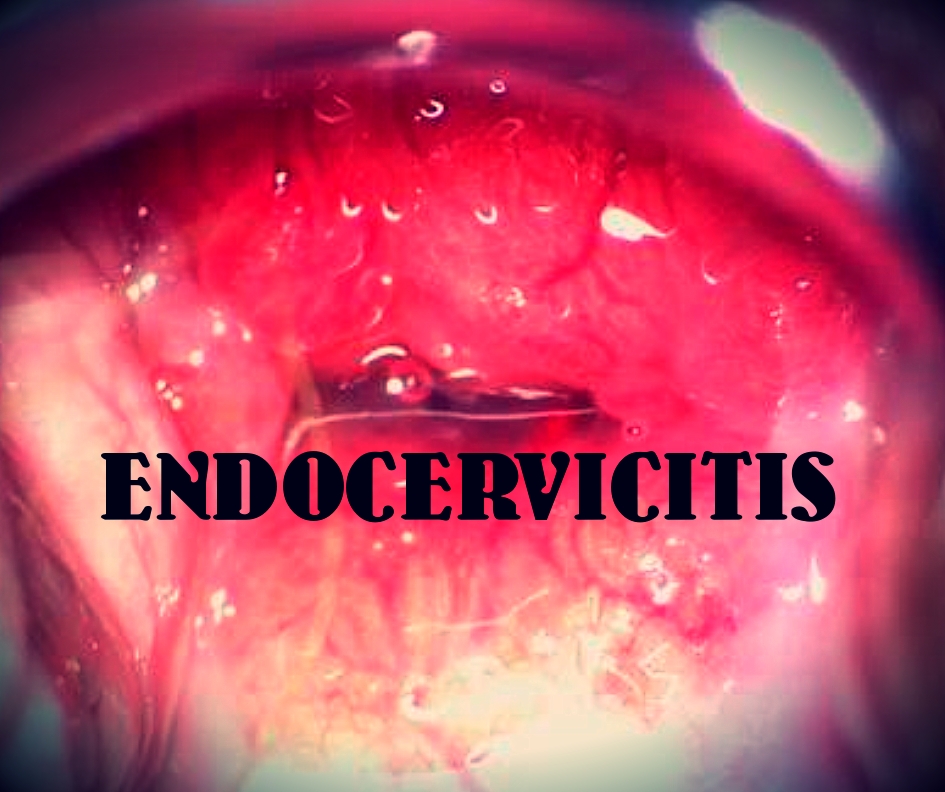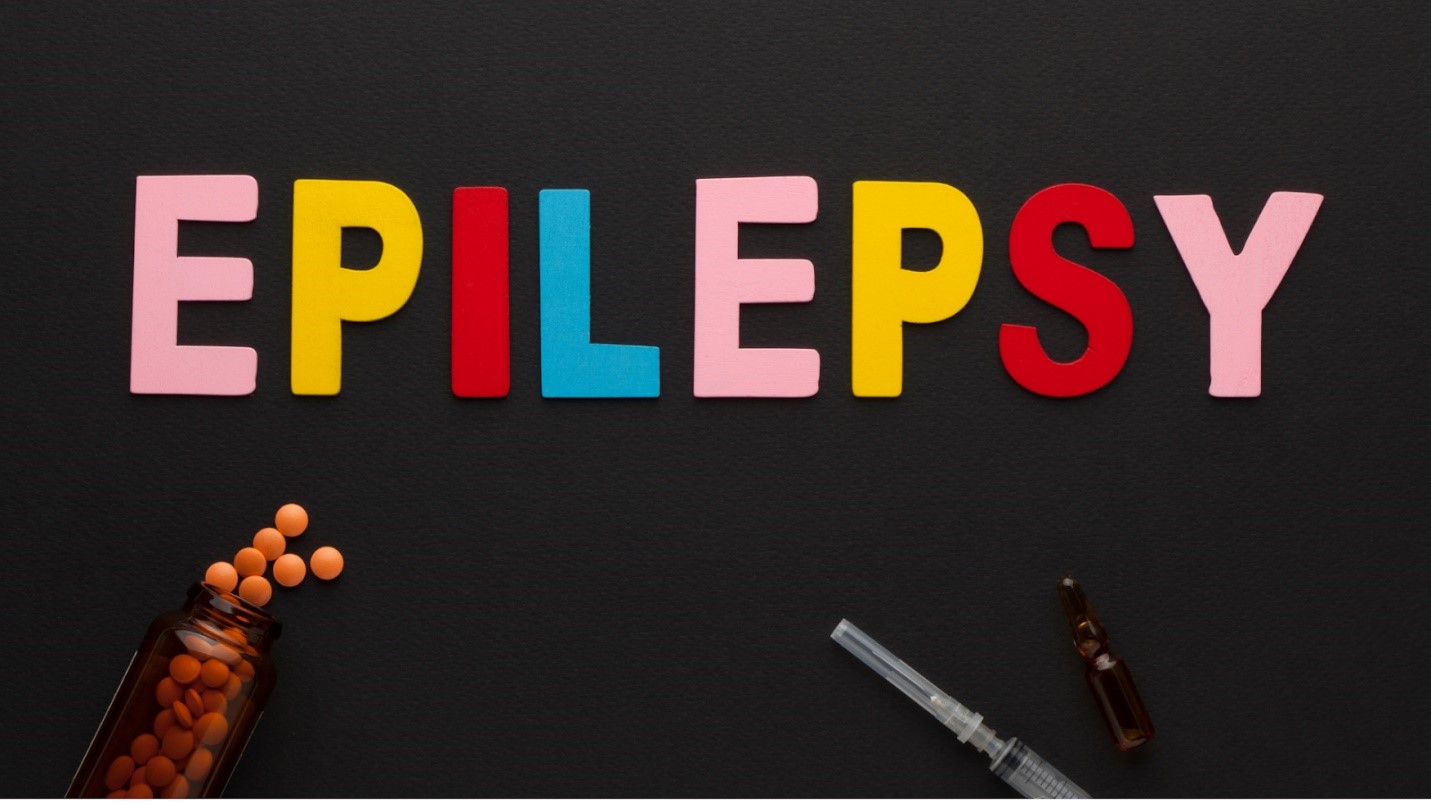Mental retardation is a developmental disability that first appears in children under age of 18. It is defined as an Intellectual functioning level (as measured by standard tests for intelligent quotients) that is well below average and with significant limitation in daily living skills (adaptive functioning).
Adaptive skills are the skills required for daily life, such are ability to produce and understand language (communication), home living skills, us of community resources, health, safety, leisure, self-care, and social skills, self -direction, functional academic skills (reading, writing and arithmetic) and work skills. Ingeneral mentally retarded children reach developmental milestones such as walking and talking much later than the general population.
Mental retardation is a group of disorders that have in common deficits of adaptive and intellectual function and an age of onset before maturity is reached. The designation continues to evolve as a result of new knowledge and changing societal norms.

DEFINITION:
The most commonly used definition of mental retardation comes from the American psychiatric association’s (APA) diagnostic and statistical manual of mental disorders.
Classification of mental retardation although based on previous definitions, has been criticized for depending on IQ test performance rather than adaptive behaviour, not taking the standard error of measurement into account and not being predictive of outcomes for individuals.
Mental retardation is also defined as subaverage general intelligence, manifesting during early developmental period. The child has diminished learning capacity and does not adjust well socially
PREDISPOSING FACTORS:
Low socio-economic strata: children’s are exposed to several environmental causes of mental handicap such as, inadequate nutrition to mother and child, poor antenatal and obstetric care, lack of immunization, delayed and inappropriate treatment of infections, and unsatisfactory environmental stimulation.
Low birth weight: the small for gestation age (SGA) infant has a poorer long term prognosis for postnatal development than the preterm infant of equal birth weight which is appropriate for its gestational age. But even the preterm infant is more liable to cerebral haemorrhage, anoxia, or prenatal environmental influences, which may occasionally result in brain damage.
Advanced maternal age: chromosomal abnormalities such as down syndrome as well as intrauterine factors, such as foetal deprivation and hypoxia is more frequent in the infant of the older primipara.
Consanguinity of parents is associated with the high incidence of generally transmitted mental handicap.
EPIDEMIOLOGY:
In the general population, 2 to 3% of children have an IQ below 70. Nearly three-fourths of such cases are mildly handicapped. About 4 per 1,000 (or 0.4%) of the general population are more severely handicapped with an IQ below 50.
Mental retardation is the second most common neurodevelopmental disability in children. The prevailing controversies regarding terminology, difficulties in ascertainment due to a misinterpretation of definition and underreporting due to the stigma attached to the label in many parts of the world not withstanding, most available estimates suggest that there will be about 3% of cases with mental retardation. A large population study in 2-9 years old Bangladeshi children found an age-specific prevalence of 2%. Other age-specific studies report an increasing prevalence from the pre-school years to adolescence, perhaps due to additional acquired causes such as trauma, infection. The relative risk increases with decreasing socioeconomic status. Studies on determinants and risk-factors are few. A large community-based study in Pune, India, reported a 29% low birth weight (LBW) incidence and identified, among other population attributable risk factors, malnutrition of pregnant mother adolescent girls as an important determinant. Data related to prevalence in Indian population shows much variation from 1.5% to 5% of general population. Further studies are underway to ascertain the prevalence of intellectual disabilities in India and other developing countries.
AETIOLOGY:
Prenatal
Causes before Chromosomal Disorders Down syndrome,
Fragile X syndrome, Prader Willi birth syndrome, Klinefelter syndrome Single gene disorders
Inborn errors of metabolism – galactosemia, phenylketonuria, mucopolysaccharidoses, Hypothyroidism, Tay-Sachs disease
Neuro-cutaneous syndromes – Tuberous sclerosis, neurofibromatosis
Brain malformations – Genetic microcephaly, hydrocephalus, myelomeningocele
Other dysmorphic syndromes – Laurence Moon Biedl syndrome
Other conditions of genetic origin Rubistein Taybi syndrome De Lange syndrome
Adverse maternal/environmental Deficiencies– Iodine deficiency and folic acid influences deficiency Severe malnutrition, in pregnancy
Substance abuse– alcohol (maternal alcohol syndrome), nicotine, and cocaine during early pregnancy
Exposure to other harmful chemicals such as pollutants, heavy metals, abortifacients, and harmful medications such as thalidomide, phenytoin and warfarin sodium in early pregnancy
Maternal infections – Rubella, syphilis, toxoplasmosis, cytomegalovirus and HIV
Others – excessive exposure to radiation, and Rh incompatibility
Perinatal
Third trimester (late pregnancy) Complications of pregnancy (around the time of birth)
Diseases in mother – heart and kidney disease and diabetes Placental dysfunction
Labor (during delivery) Severe prematurity, very low birth weight, birth asphyxia Difficult and/or complicated delivery
Birth trauma
Neonatal (first four weeks of life) Septicemia, severe jaundice, hypoglycemia
Postnatal
Brain infections – tuberculosis, Japanese encephalitis, (infancy and childhood) and bacterial meningitis
Head injury
Chronic lead exposure
Severe and prolonged malnutrition
Gross understimulation
Hypothyroidism
Kernicterus
Cerebrovascular episodes: thrombosis of cerebral arteries and veins.
Metabolic: hypoglycemia, hypocalcemia and profound electrolyte imbalance.
Cultural: poverty and family disorganization, faulty infant care taker interaction, parental psychopathology, parental drug abuse.
TYPES:
The diagnostic and statistical manual (DSM-4) classifies mental retardation into 4 types based on the degree and severity of the illness: mild, moderate, severe, and profound. These categories are based on the functioning level of the individual
CLASSIFICATION OF MENTAL RETARDATION:
85-100=normal
75-85=borderline
55-75=mild retardation
35-55=moderate retardation
20-35=severs retardation
<20=profound mental retardation.
IMPLICATIONS:
MILD RETARDATION:55-75
Approximately 85% of the mentally retarded population id mildly retarded. Score line is 55-75 range and they can often academic skills up to the 6th grade level. They can self-sufficient and in some cases, live independent with community and social support. These children are termed as ‘ educable’.
MODERATE RETARDATION: 35-55
About 10% of the mentally retarded population is considered moderately retarded with IQ scores of 35-55. They can work and perform self-care tasks with moderate supervision. They typically acquire communication skills in childhood and are able to live and function successfully within the community is supervised environment such as a group home. These children’s are termed as ‘trainable’.
SEVERE MENTAL RETARDATION: 20-35
About 3-4% of the mentally retarded population is severely retarded, with IQ scores of 20-35. They may master very basic self-care skills and some communication skills. Many severely retarded individuals are able to live in a group home.
PROFOUND RETARDATION: <20
Only 1-2% of the mentally retarded population is classified as profoundly retarded, with IQ scores under 20. They may be able to develop basic self-care and communication skills with appropriate support and training. Their retardation if often caused by an accompanying neurological disorder. The profoundly retarded need a high level of structure and supervision.
Low IQ scores and limitations is adaptive skills are the hallmarks of mental retardation. Aggression, self-injury and mood disorders are sometimes associated with this disability. The severity of the symptoms and the age at which they first appear depends on the cause. In about 35% of the cases, the cause of mental retardation cannot be ascertained.
NEUROPATHOLOGY:
Mental retardation can be exemplified by the fact that 10%-20% of brains of individuals with severe retardation appears entirely normal by standard neuropathologic study.
The majority of brains of these individuals show only mild, non-specific changes that correlated poorly with the degree of mental retardation. The changes include microcephaly, gray matter heterotoplas in the subcortical white matter, unusually regular columnar arrangement of the cortex, and neurons that are more tightly packed than usual. Only a majority of the brains show more specific changes in dendritic and synaptic organization, with dysgenesis of dendritic spines or cortical pyramidal neurons or impaired growth of dendritic trees.
There are no specific neuropathologic correlates of mental retardation. A variety of changes reflect the heterogeneous nature of the disorder. They include:
• Malformation syndromes from failure of induction of mesoderm and neuroectoderm.
• Disorders of cell migration, proliferation and differentiation, dendritic arborisation.
• Postnatal destructive changes secondary to metabolic insult, infection, or trauma
• At times the gross accompanying changes may be obvious as in Lissencephaly, holoprosencephaly, etc.
• In a majority, no significant structural changes can be demonstrated.
Post-mortem studies using special techniques such as Electron microscopy or Golgi method may reveal abnormal synaptic development and dendritic arborisation in a few
CLINICAL FEATURES:
The mental age is below the chronological age. Most of them present with the behaviour syndrome of cerebral dysfunction, such as hyperactivity, short span of attention, distractibility, poor concentration, poor memory, impulsiveness, awkward clumsy movements, disturbed sleep, emotional instability, frustration, low tolerance and wide scatter in intellectual function. Associated defects of the musculoskeletal system, of vision, or speech and hearing are often found in mentally handicapped children. Congenital anomalies of other systems, apart from the neurological system, may be associated. Convulsions are common in the mentally handicapped. History should include developmental and family history. A complete physical examination will usually help in the diagnosis. It should include an examination of the fundus and a developmental assessment. Additional investigations are necessary in some cases, depending on the probable diagnosis. These include urine tests (chromatography and screening for phenylketonuria, homocystinuria and galactosemia) and chromosomal studies, where indicated. Appropriate tests are required to diagnose hypothyroidism, storage disorders and intrauterine infections. Computerized tomography and MRI helps define hydrocephalus, porencephaly, absence of corpus callum, tuberous sclerosis and migration defects.
COMMON PRESENTATIONS OF MENTAL RETARDATION BY AGE:
AGE
AREA OF CONCERN
New born
Dysmorphisms
Major organ system dysfunction (example feeding and breathing)
Early infancy (2-4 month)
Failure to interact with the environment.
Concerns about vision and hearing impairments.
Later infancy (6-18 month)
Gross motor delay
Toddlers (2-3 years)
Language delays or difficulties.
Preschool (3-5 years)
Language difficulties or delays.
Behaviour difficulties, including play.
Delays in fine motor skills, cutting, colouring, drawing.
School age (over 5 years)
Academic under achievement
Behaviour difficulties (attention, anxiety, mood, conduct, and so on)
Expected clinical features include:
• Microcephaly or occipitofrontal circumference 2 SD below the mean.
• MR of prenatal causes may be associated with some of these findings on examination, viz. growth retardation, cataract, skeletal anomalies, multisystem involvement (congenital heart disease, seizures, hepatosplenomegaly, etc.).
• Muscle weakness or hypotonia, craniofacial features, hearing loss, focal neurologic abnormalities and behavioural alterations are common in both prenatal and postnatal insults.
• A family history of miscarriages or learning difficulties in affected family members may be elicited in some children with mental handicap associated with X-linked disorders and autosomal dominant disorders (e.g. neurocutaneous syndromes, Fragile X syndrome).
DIAGNOSIS:
Establishing an accurate etiological diagnosis is not always possible, nevertheless the diagnostic process is absolutely necessary for accurate genetic counselling and rehabilitative planning. Quite often, a detailed developmental history including prenatal, perinatal, neonatal history and developmental patterns during early infancy may be suggestive of diagnosis. In an older, school-going child, scholastic performance and learning behaviours must be enquired about. A history of consanguinity, family history of similar problems and contributory illness provide clues to the diagnosis. A diagnostic work-up comprises of the triad of history, clinical examination including psychological evaluation and diagnostic investigations.
History a meticulous history should include:
1. Reasons for parental concern (delayed speech, poor mobility, bizarre behavior, etc.)
2. Maternal illnesses, obstetric characteristics
3. Status of the infant at delivery and the clinical course in hospital (apnea, seizures, hyperbilirubinemia)
4. Milestones of development in the fine motor, gross motor, personal-social, language and cognitive areas, evidence of regression and recent patterns of dissociated development
5. Nutritional history
6. Self-help capability and Activities of Daily Living (ADL) such as feeding, toileting
7. Behavior (sleep patterns, attention, etc.).
8. Specific diagnostic path to follow (medical history, family hstory, physical findings)
9. Are parents are planning for next children.
Clinical Evaluation:
• General physical examination and a standard developmental screening inventory is a pre-requisite to further diagnostic developmental evaluation.
• One or more standard developmental scales such as Bailey infant scales, Gessel’s developmental schedules, Vineland maturity scales, WISC and Goodenough Draw-a-man test, coupled with psychological testing may not only help diagnostic formulation in terms of maturation and development (IQ/DQ) but also give the levels of function and adaptation. This evaluation also forms the basis for the special education needs as well as indicates the child’s social and vocational adequacy to plan effective management.
• Associated impairments such as visual, auditory problems and seizures may require careful evaluation.
The formal diagnosis of mental retardation requires the administration of individual tests of intelligence and adaptive functioning. The most commonly used intelligence tests are the Bayley scales of infant development (BSID-2), the Stanford-binet intelligence scale, and the Wechsler intelligence scales.
INFANT DVELOPMENTAL TEST:
The BSID-2 is used to assess language, visual problem-solving skills, behaviour, line motor skills, the gross motor skills of children between 1 month and 3 and half years of age. A mental developmental index (MDI) and psychomotor development index score (PDI, a measure of motor competence) are derived from the results. The test premits the differentiation of infants with severe mental retardation from typically developing infants with severe mental retardation from typically developing infants but is less helpful in distinguishing between a typically child and one with mild mental retardation.
INTELLIGENCE TESTS IN CHILDREN:
The most commonly used psychological tests for children older than 3years of age the Wechsler scales. The Wechsler preschool and primary scale of intelligence-revised (WPPSI-R) is used for children with mental ages of 3-7 years. The Wechsler intelligence scale for children 3rd edition (WISC-3) is used for children who function above a 6years with mental retardation usually scores below average on all subscale scores, they occasionally scores average. The Stanford-binet intelligence scale is an acceptable alternative for school-aged children.
TESTS FOR ADAPTIVE FUNCTIONING:
The most commonly used test of adaptive behaviour is the vineland adaptive behaviour scale (VABS). This test involves parental and/or caregiver/teacher semistructured interviews that assess adaptive behaviour in four domains: communication, daily living skills, socialization, and motor skills. Other tests are woodcock-johnson scales of independent behaviour and the American association on mental retardation adaptive behaviour scale (ABS).
ASSESSMENT OF MENTAL AGE:
Commonly employed methods include:
Stanford- binet scale
Wechsler scale
Bhatia- scale
For under age 5years, Denver or gessel developmental system may be employed for estimating developmental age.
6 years
Recognition of the family members and telling the details; counting 1-20.
7 years
Telling completely the parts of the body; drawing a figure of man.
8 years
Names the days of the week and month of the year.
9 years
Simple calculations involving with coins
10 years
Complete arithmetic calculations; solves a problem.
Investigations:
These are generally prescribed to elicit etiological diagnosis. There is a limited role for investigations beyond infancy. The first contact work-up should ideally include testing for specific conditions, e.g. T4, TSH (hypothyroidism), TORCH antibodies, MRI/CT scan of brain, genetic and metabolic tests for conditions such as aminoacidemia, chromosome studies (Down and other chromosomal disorders such as Fragile X, etc.).
Urine tests for metabolic disease such as metachromatic leukodystrophy, phenyl ketonuria homocystinemia, galactosemia etc. especially in the familial variety of mental handicap and mucopolysacharidosis.
Urine chromatography and amniocentesis with examination and culture of the amniotic fluid in cases where prenatal diagnosis of the suspected defect is possible.
Relevant investigations for hypothyroidism: bone age, T3 and T4 and TSH estimation, and TRH stimulation test.
Chromosomal studies suspected chromosomal anomalies, down’s and for exculsion of fragile in male’s MR with major cong. Malformation.
Biopsy
Blood examination deficient enzymes, and excessive or deficient metabolites.
Serological tests for intrauterine infections.
X-rays of the skull, CSF examination, EEG and angiography are rarely helpful.
CT and MRI shows pathology such as hydrocephalus, porencephaly, absence of the corpus callosum, tuberous sclerosis, migration defects, white matter disease and cortical atrophy.
Differential Diagnosis:
• The child may, wherever possible, be referred to an experienced neurodevelopmental paediatrician to confirm the diagnosis by ruling out conditions such as autism, attention deficit and hyperactivity disorder (ADHD) and specific learning disabilities (SLD) such as dyslexia.
• The paediatrician or the primary care physician should keep in mind the fact that MR is not a mental illness.
The major characteristic of mental retardation is delay in cognitive development and is present from childhood, whereas the major characteristic of mental illness is disturbance in the mental functions of thinking, feeling and behavior with onset later in life after a phase of normal development.
Differential diagnosis is from the so called pseudomental retardation which may be secondary to:
Psychiatric problems like autism.
Speech or hearing problem
Deprivation (cultural, educational, environmental, emotional, or sensory in the form of deafness or blindness)
Motor disability (paralysis, chronic myopathy)
MANAGEMENT:
• The guiding philosophy is that interventions are for the child and ‘the adult that he or she will become’. Management of children with mental retardation may have to be individualized as per their special needs. The variation in the levels of mental retardation viz. mild, moderate, severe and profound suggests that a variety of approaches need to be used with these children.
• The overall management consists of skill building and countering undesirable behaviours. Behavioural management with a consistent approach should be adopted with meaningful goals and meet the objectives of effective therapy and educational programs.
• An individual habilitative program is best developed in an interdisciplinary staffing conference involving parents, clinical psychologists, social workers, occupational therapists, speech pathologists and pediatricians. However, children in resource-poor settings may benefit from community-based and family-centric management with the key care provider approach which is also cost-effective and sustainable in the developing world.
• The common areas for Early Intervention usually include the following: improving receptive and expressive language, fine-motor coordination, promoting activities of daily living (ADL), decrease manipulative behavior and the management of seizures with appropriate antiepileptic drug therapy (AED). A sensitive disclosure of the child’s problem along with parental counselling for optimal care of the child, followed by a discussion regarding the prognosis, are important aspects of the early intervention for the child.
• The pediatrician and the primary care physicians play a supportive role in the long-term management of the child with mental retardation. Parental support, liaison with education services, management of behavioural problems are some important issues in the follow-up. Diagnosing the problem, referring the child for appropriate health services, performing the preschool assessment and addressing the parents’ concerns during the school years and so on, no other professional is in a better position to actively participate in the long-term development of the child with mental retardation. Later, during the adolescent years, sharing the anxiety about sexuality, or referring the children to organizations which provide appropriate support for improved quality of life, including vocational placement, the paediatrician is in a unique position to guide the child and the family and play a meaningful role in the lives of the young adults. The need for primary care always exists, though the intensity of medical care decreases as the youngster grows older and habilitation requirements in educational and vocational areas increase.
Prevention:
Genetic counselling: The risk of disorders with autosomal recessive inheritance is high in consanguineous marriages. Parents should be counselled about the risk of recurrence in inherited neurometabolic disorders. Mothers older than 35 year should be screened for Down syndrome during pregnancy.
Vaccination: In girls with rubella vaccine should be encouraged to prevent foetal rubella syndrome. During pregnancy, good antenatal care and avoidance of teratogens should be emphasized. Mothers should be protected from contact with patients suffering from viral diseases. When indicated, amniocentesis may be done for study of amniotic fluid for tissue culture, chromosome studies, alpha-fetoprotein and enzyme for prenatal diagnosis. During labour, good obstetric and postnatal supervision is essential to prevent occurrence of birth asphyxia, injuries, jaundice and sepsis.
Postnatally: Neonatal infections should be diagnosed and treated promptly. Hyperbilirubinemia should be managed with phototherapy and/ or exchange transfusion. Cretinism and galactosemia, if diagnosed and treated in early infancy, have a satisfactory prognosis. Screening of newborn infants by tandem mass spectroscopy helps to diagnose metabolic disorders such as phenylketonuria, biotinidase deficiency, organic aciduria, hypothyroidism and homocystinuria, permits early treatment thereby averting irreversible brain damage
PREVENTION OF MENTAL RETARDATION:
LEVEL
APPROACH
INTERVENTIONS
Primary prevention
Health promotion
Health education, especially for adolescent girls (preventing the occurrence of MR)
Specific protection
Improvement of nutritional status in the community, Optimum health care facilities Improvements in pre-, peri- and postnatal care Universal iodization of salt Rubella immunization for girls and women before pregnancy Folic acid administration in adolescence and early pregnancy Genetic Counselling Prenatal screening for congenital malformation and genetic disorders Detection and care of high-risk pregnancies Prevention of damage because of Rh incompatibility Universal immunization for children
Secondary prevention
Early diagnosis and treatment
Neonatal screening for treatable disorders Intervention for babies ‘at risk’ for neurodevelopmental impairments Early detection of developmental delay and early intervention
Tertiary prevention
Disability limitation and rehabilitation
Stimulation, training and education, and vocational opportunities
Mainstreaming/integration Support for families function)
Parental self-help groups
COMPLICATIONS:
Children with mental retardation have higher rates of vision, hearing, orthopaedic, and behavioural or emotional disorders than do typically developing children.
Common deficits are motor impairments, behavioural or emotional disorders, medical complications, and seizure disorders.
In general MR is associated with impairments likely fragile X syndrome and foetal alcohol syndrome are associated with a high rate of behavioural disorders, and down syndrome has medical complications like hypothyroidism, atlantoaxial subluxation.
PROGNOSIS:
Mental retardation is not always a lifelong disorders. Children may meet criteria for mental retardation at an early age but later evolve into a more specific developmental disorders. Others who are diagnosed with mental retardation during their school years may develop sufficient adaptive behaviour skills so that they no longer fit the diagnosis as adolescents, or the effect of maturation and plasticity may result in children moving from one diagnostic category to another.
The long term outcome of individuals with MR depends on the underlying cause, the degree of cognitive and adaptive deficits, the presence of associated medical and developmental impairments, the capabilities of the families and the school or community supports, services, and the training provided to the child and family. For adults, capable of gaining economic and social independence with functional literacy. The MR are able to live in the community with appropriate supports
Homeopathic management:
1. Abrotanum:
Patient looks like emaciation of legs, skin looks like old, flabby and loose and hangs at folds, inability to hold up the head. Sensitive, irritable person, depressed, cruel minded, makes trouble to others, want to kill small insects and beats pets. Don’t know how to behave.
2. Baryta carb:
Patient appears as Dwarfish. Mentally weak and physically too weak and short. Looks like short stature with swollen abdomen and fac looks like puffy, glands are enlarged, having thick lips and appears as idiotic, foolish and having memory loss, behaves as nervous and shy in front of strangers, hides behind the furniture and get frightened easily, he doesn’t want to play. Patient sit at corners and throws stones at strangers. Inattentive child with delayed milestone.
3. Calcarea carb:
Child looks like chalky with red face, and with large belly like inverted saucer, large head with open fontanelles and sutures. skin looks like Pale, bones are soft, sweats easily more on back and neck, delayed in walking, talking, and other activities, recalling was very poor, mistakes while reading and writing.
Weak memory and easily forgets what he had read. great Fear of dark, spiders, insects, animals and ghosts. He wants to be magnetized.
Fungi group:
This group of remedies act best on mental retardation. Confused or absent minded. Great dullness, memory weakness with difficulty to think, aversion to work
Medorrhinum:
Child appears as sluggish and dull. Memory weakness he forget his own name. irritable and impatient. Excitement during writing makes him confuse, and mistakes in spellings. Having hallucination, delusion, illusion about animals.








Very good info can be found on web blog.